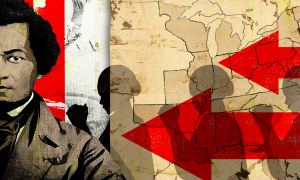article
“All Our Terrible and Beautiful History”: Teach American History as a Human Story

Professor David W. Blight, director of the Gilder Lehrman Center for the Study of Slavery, Resistance, and Abolition, explains why prevailing American historical narratives necessitate Teaching Tolerance's Teaching Hard History report and recommendations.
